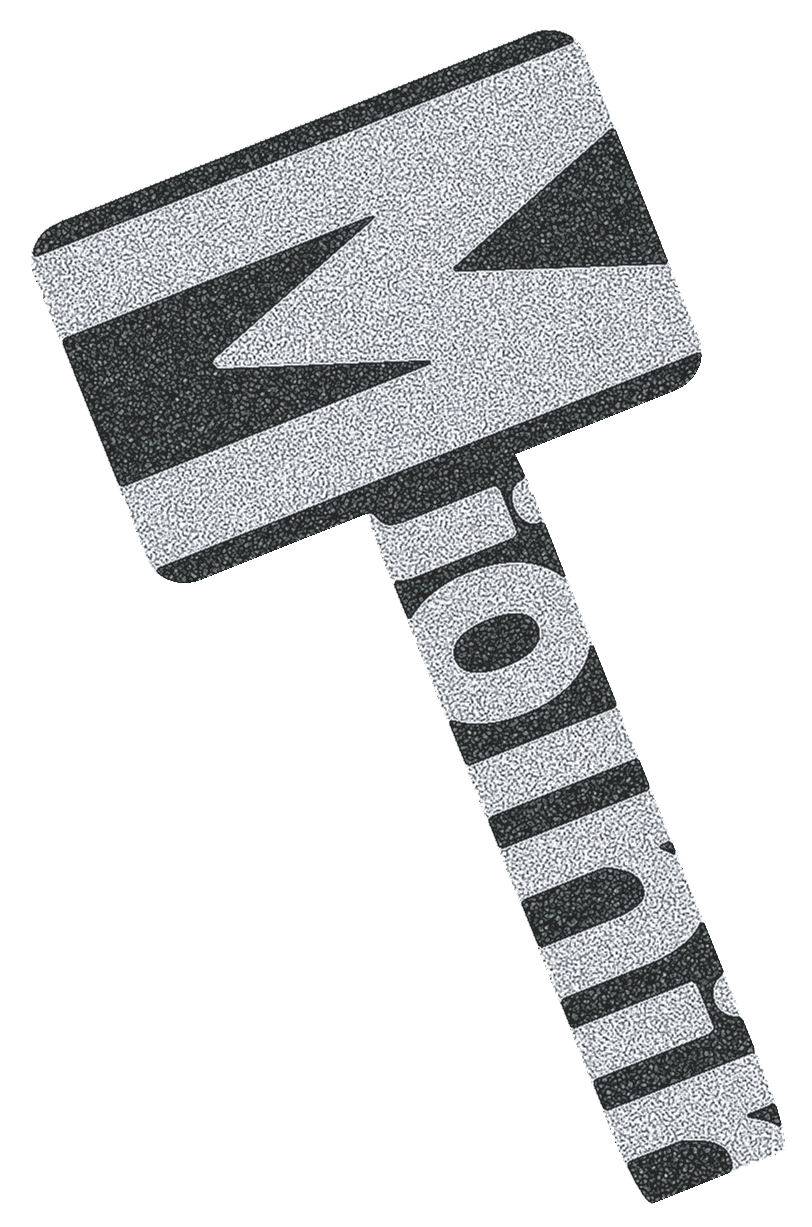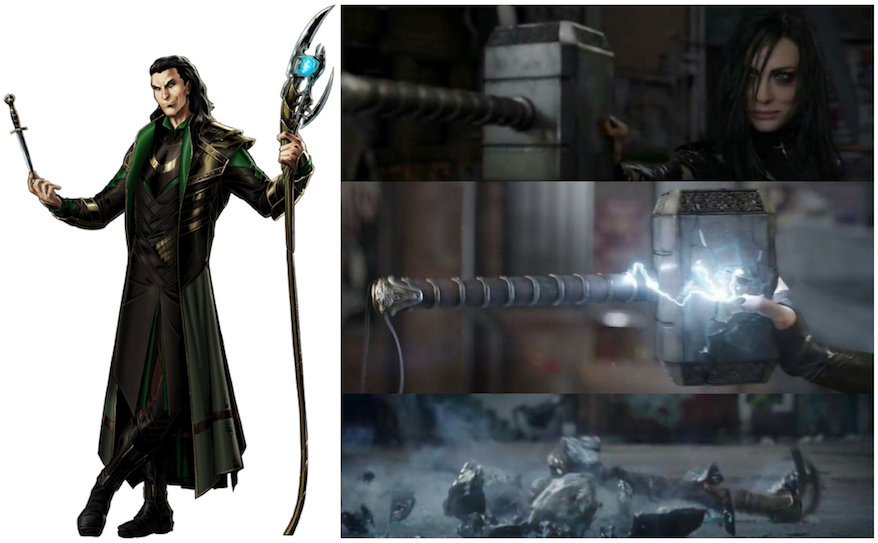Loki: why the name?
Because before, we were Mjolnir

In Norse mythology, Mjölnir is the hammer of Thor, the god of thunder. It is depicted as one of the most fearsome weapons, capable of leveling mountains. According to Snorri's Edda, "Thor might smite as hard as he desired, whatsoever might be before him, and the hammer would not fail; and if he threw it at anything, it would never miss, and never fly so far as not to return to his hand; and if be desired, he might keep it in his sark, it was so small". [more about why Mjolnir...]
So why Loki?

In Norse mythology, Loki is a god who maintains ambiguous relationships with other gods. Loki is also a fictional character appearing in Marvel comics as Thor’s mischievous adopted brother and archenemy, although sometimes fighting on his side. Loki has a child, Hela, who was once able to break Thor’s hammer, Mjolnir. We have first chosen this name as a last nod to our former team Mjolnir and team leader Nicolas Roussel.
Ragnarök, or the end of interactive systems as we know them
But Loki, as the one whose destiny is to provoke Ragnarök – the end of the world before its revival –, alludes to our objective of overhauling interactive systems. His ambiguous personality also evokes the dualities in our approach: interaction design vs system engineering, augmenting existing systems vs reinventing them from scratch, etc.
Sources:Wikipedia (Mjolnir and Loki) and the Marvel Comics Database (Molnir and Loki)


